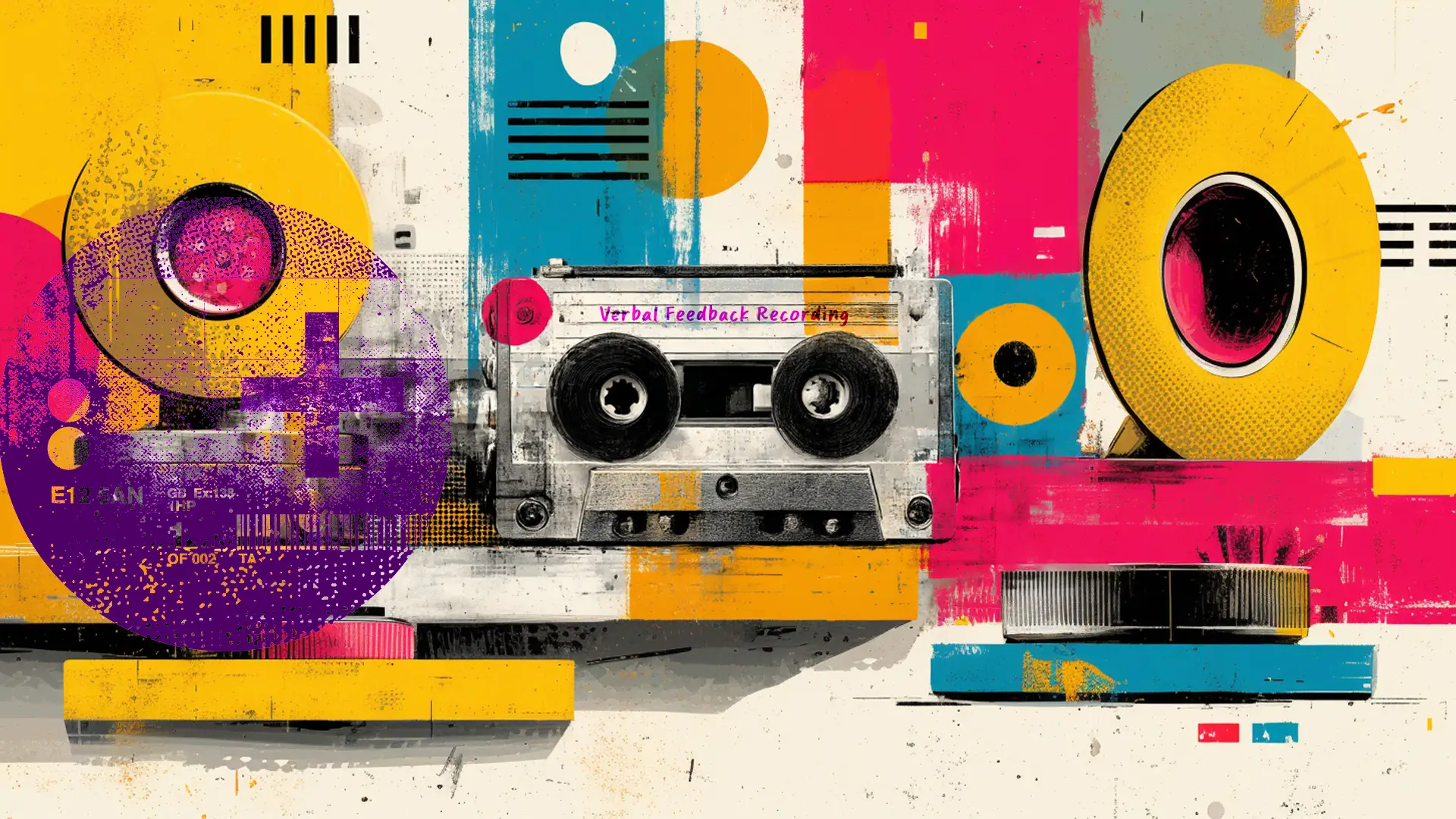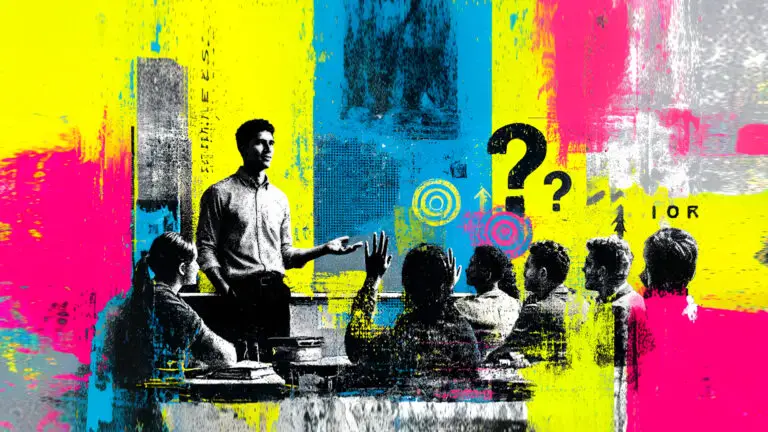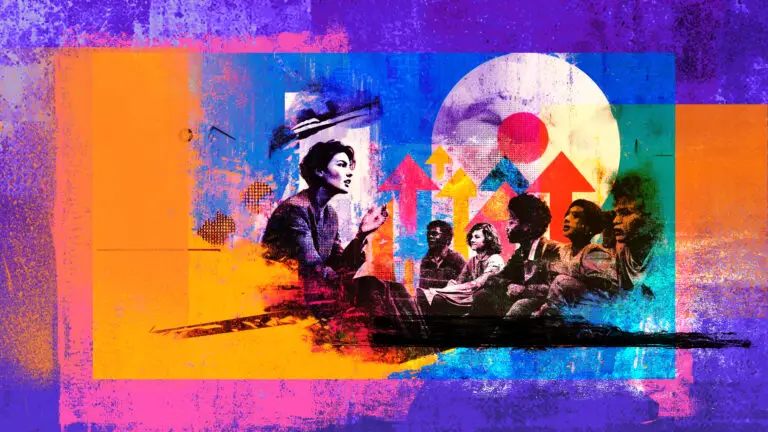A Practical Way to Make Student Assessment More Personal and Useful
If you’ve ever spent hours writing feedback only to feel like students barely read it, you’re not alone. Many teachers have felt the frustration of seeing written feedback ignored, misunderstood, or even lost at the bottom of a backpack. Capturing verbal feedback is a simple, effective alternative that helps you get your message across more clearly while saving time.
Verbal feedback allows you to communicate tone, nuance, and encouragement in ways that written comments often fail to achieve. Students can listen to your advice, hear your praise, and better understand your suggestions for improvement. The result? More engaged students who act on feedback, not ignore it.
In this guide, you’ll discover the benefits of capturing verbal feedback, where it fits into your practice, and how to get started without needing any complicated tech or extra workload.
5 Reasons Capturing Verbal Feedback Works
1. Students Are More Likely to Listen and Act on Feedback
One of the biggest frustrations with written feedback is how often it goes unread or unnoticed. Many students skim comments or focus only on the grade. By capturing verbal feedback, you encourage students to engage in a much more active way.
When students hear your voice, they pay closer attention. Tone of voice helps emphasise key points and shows genuine interest in their progress. Students are more likely to take your comments seriously because it feels like a direct conversation, not just a set of impersonal notes.
You can also explain things in more detail, helping students better understand what you expect from them. This reduces the risk of confusion and increases the chance they’ll apply the feedback effectively in their next piece of work.
Research Insight:
A study by Zimbardi et al. (2017) found that students receiving captured verbal feedback spent more time reviewing their feedback and were more likely to use it to improve future assignments compared to those receiving written feedback. This alone is a good reason to try it.
2. Say More, in Less Time
Teachers already have too much to do. Writing personalised, meaningful feedback can take up a huge part of your day, especially for longer assignments. Capturing verbal feedback helps cut that time down while still offering clear, personalised advice.
Many teachers find they can give better-quality feedback in half the time. A comment that might take 15 minutes to write can be said out loud in just 3–5 minutes. You naturally explain more without having to think about sentence structure or phrasing.
This doesn’t just save you time; it also lets you give richer feedback. You can explain how students can improve, refer to specific examples, and encourage next steps without feeling limited by time.
Real Classroom Example:
Imagine marking 20 essays. With written feedback, you might spend around 5 hours writing comments. Capturing verbal feedback could cut that in half, freeing up 2–3 hours while still providing clear, helpful advice.
3. Avoid Misinterpretation and Make Your Message Clear
Written comments are often misread. Without tone or context, even well-meaning feedback can sound critical or confusing. A simple sentence like “Expand this idea” can leave students wondering what they need to do.
Capturing verbal feedback lets you explain what you mean and how they can improve. You can guide them through specific changes, using examples and explanations tailored to their work. You can also balance criticism with encouragement naturally, helping students feel motivated rather than discouraged.
Example in Practice:
Instead of a vague written comment, you could say:
“You’ve got a strong start here. If you build on this point by giving a real-world example, you’ll make your argument even stronger. Think back to the case study we discussed last week—something like that would work well.”
By hearing your voice, students get clarity and encouragement at the same time, reducing the chances of misinterpretation.
4. Build Stronger Connections Through Your Voice
Classrooms are busy places, and it’s easy for students to feel like just one of many. Capturing verbal feedback creates a more personal connection. Hearing your voice makes students feel seen, heard, and supported.
Verbal feedback also reinforces the idea that you care about their progress. It feels more like a supportive chat than a set of corrections. This is especially helpful with students who lack confidence or are less likely to engage in class discussions.
In large classes, capturing verbal feedback helps maintain individual connection, even when it’s hard to have one-to-one conversations during lesson time.
Research Insight:
A study by Tsatsaronis, Binger, and Durand (2022) found that students receiving recorded feedback felt more connected to their teacher and described the feedback as clearer and more encouraging.
5. Easier to Access for Students Who Struggle with Written Notes
Not every student finds written feedback helpful or easy to access. Some students with dyslexia, visual impairments, or language processing difficulties may find written comments overwhelming or unclear. Capturing verbal feedback can break down these barriers.
Students can listen at their own pace, replay sections, and hear key points explained in a way that feels more natural than reading. This supports a more inclusive learning environment without adding extra workload for teachers.
Practical Example:
A student who normally struggles to understand written notes listens to a recording on their phone during a bus journey. They arrive at the next lesson more confident and ready to act on your advice, without needing extra help sessions.
Where Capturing Verbal Feedback Fits in Teaching
Using Captured Feedback in One-to-One Sessions
One-to-one sessions are a great opportunity to record feedback in a relaxed, conversational way. Rather than scribbling notes or giving a rushed summary, you can record the whole session. This helps students revisit key points whenever they need to.
- Record the conversation, not just a summary: This gives students a full record of your discussion, including your explanations and their own thoughts.
- Structure the conversation: Guide students through what they did well, what could be stronger, and next steps, so it’s easy for them to follow.
- Encourage students to take notes: Students can make quick notes during the session but still have the full recording for reference.
Capturing Verbal Feedback for Summative Assessments
Marking final assignments or projects is time-consuming, especially when students need detailed feedback. Capturing verbal feedback allows you to give in-depth advice without the mental drain of writing long comments.
- Speak to the work directly: Have the student’s work open while you record, pointing out specific strengths and areas for improvement.
- Link feedback to assessment criteria: This makes it clear how marks were awarded and what students can do to improve next time.
- Add a call-to-action: Encourage students to respond to their feedback with a short reflection or action plan.
Example Recording Script:
“Great effort on your project, Alex. You showed good understanding of the key themes. One area to develop is the way you structure your analysis. If you revisit paragraph three, you’ll notice the ideas are strong but could flow better. Try adding transition sentences between your points. You’re on track for strong marks with these tweaks.”
Capturing Verbal Feedback Without Adding Workload
Quick Tip: Use Microsoft Word to Transcribe Feedback
If you like the idea of capturing verbal feedback but want a written version for records, you can easily transcribe your recordings using Microsoft Word. This gives you the benefit of both approaches.
How to do it:
- Use the ‘Dictate’ or ‘Transcribe’ feature in Microsoft Word (available in Microsoft 365).
- Upload your recording, and Word will transcribe it automatically.
- Copy key points into student records or email summaries, without having to type everything from scratch.
This is especially helpful for documenting summative assessments where written feedback is required for quality assurance purposes.
Capturing verbal feedback offers a practical way to improve how students engage with your advice. It saves time, reduces confusion, builds relationships, and supports a wider range of students.
If you’re new to recorded feedback, start small. Try recording feedback for just one class or one assignment. Once you see the benefits, you can build it into your regular teaching practice.
Want the Research? Start With These Evidence-Based Resources
- West, J. and Turner, W., 2015. Enhancing the assessment experience: Improving student perceptions, engagement and understanding using online video feedback. Assessment & Evaluation in Highhttps://www.tandfonline.com/doi/full/10.1080/14703297.2014.1003954er E
- Tsatsaronis, J., Binger, K. and Durand, F., 2022. Recorded audio feedback: Bridging the chasm between educator and student in online assessment. https://www.researchgate.net/publication/365680039_Recorded_audio_feedback_bridging_the_chasm_between_educator_and_student_in_online_assessment#:~:text=This%20paper%20reports%20using%20recorded,probed%20via%20semi%2Dstructured%20interviews.Journal of University Teaching & Learning Practice, 19(5), pp.129-149.
- Zimbardi, K., Colthorpe, K., Dekker, A., Fenton, K., Goodwin, D., Makogon, N., Nelson, K. and Turner, M., 2016. Are they using my feedback? The extent of students’ feedback use has a large impact on subsequent academic performance. Assessment & Evaluation in Higher Education, 41(4), pp.575-591.






